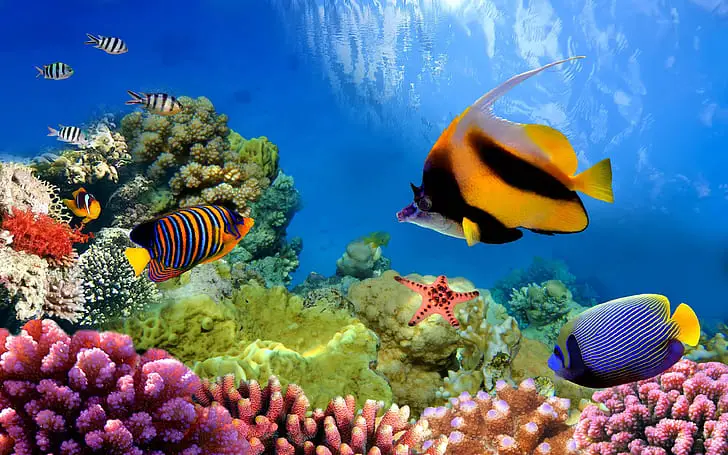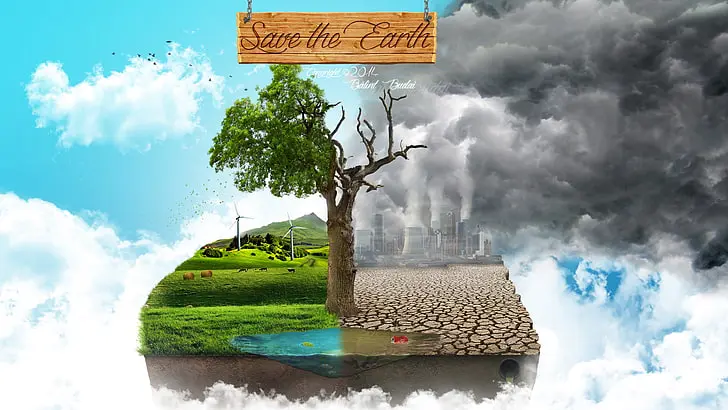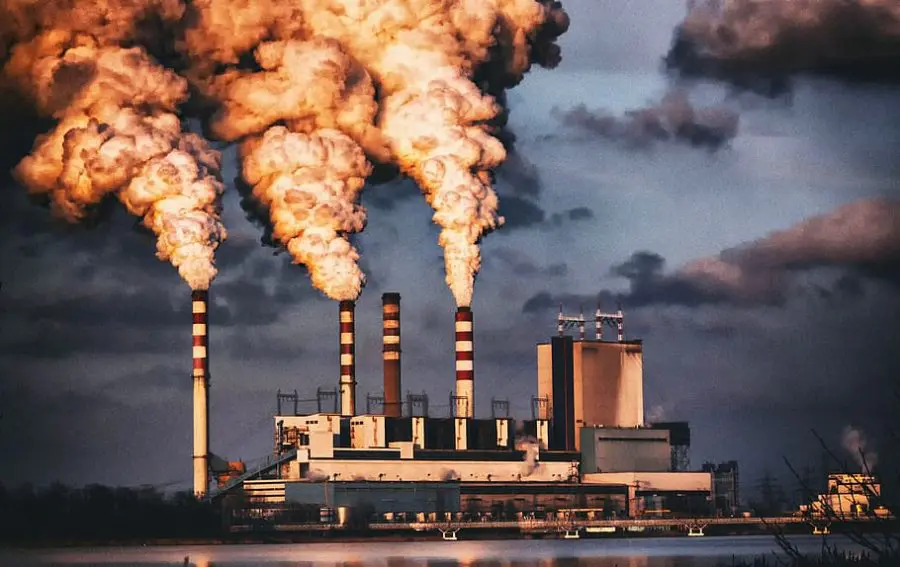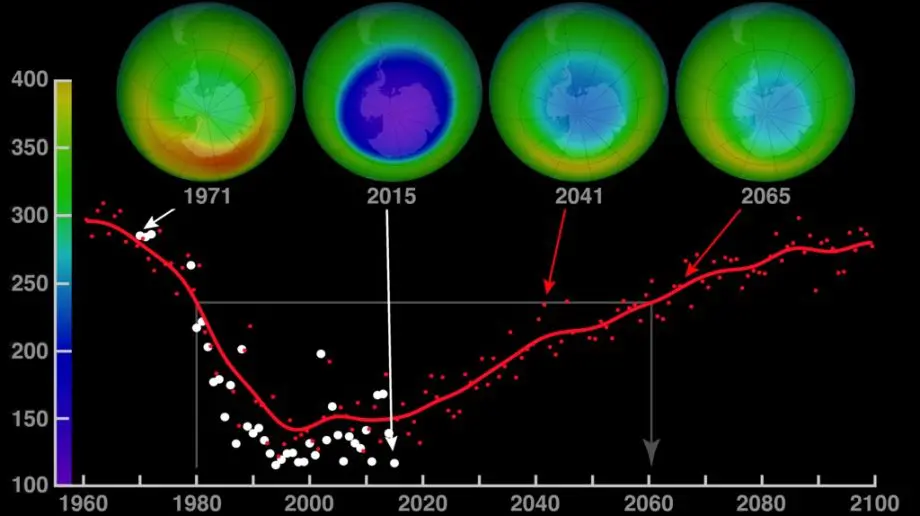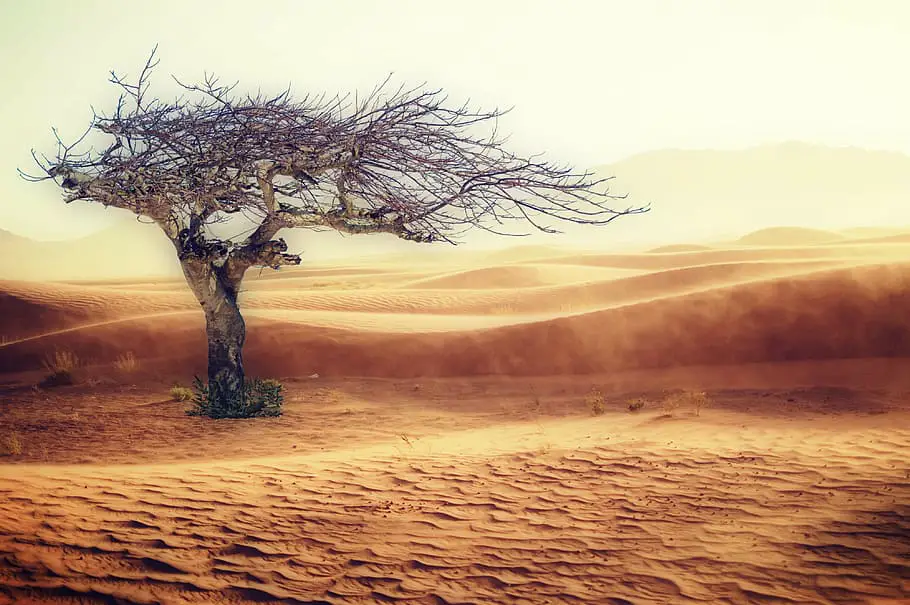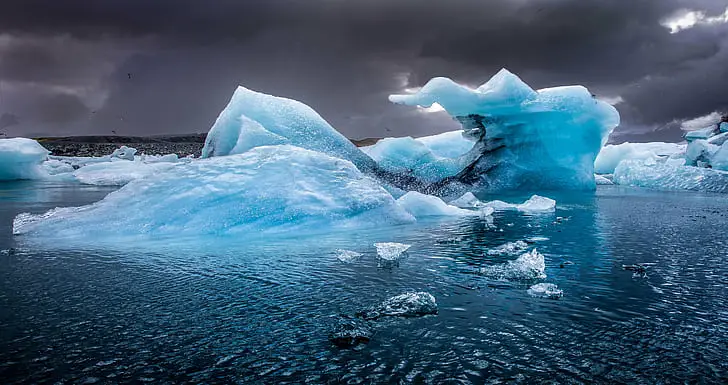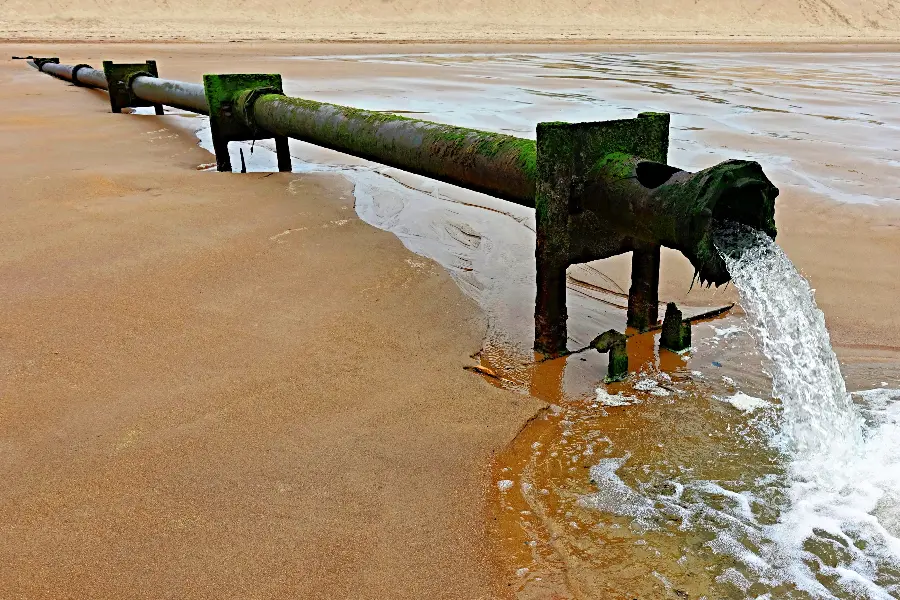
How does water pollution affect ecosystems?’ Discover how in our detailed guide. Learn about the causes, impacts, and solutions for a healthier planet.
Ever wondered, ‘How does water pollution affect ecosystems?’ Well, you’re not alone.
It’s a question that’s been on the minds of environmentalists, scientists, and curious minds alike.
From the deepest ocean trenches to the smallest freshwater streams, water quality, and pollution have far-reaching effects that ripple through our ecosystems.
In this blog post, we’re going to dive into this crucial topic, shedding light on the causes, the impacts, and most importantly, what we can do to make a difference.
So, let’s embark on this enlightening journey together!
How Does Water Pollution Affect Ecosystems
Welcome to our deep dive into the question of how does water pollution affect ecosystems?
It’s a topic that touches every corner of our planet, from the smallest microorganisms to the vast expanses of our oceans.
In this blog post, we’ll explore the causes of water pollution, from industrial waste to agricultural runoff.
We’ll look at its effects on aquatic life and human health, and we’ll journey through real-world case studies that bring the issue to life.
We’ll also discuss solutions and preventive measures that can help us protect our precious ecosystems.
So, let’s get started on this journey of understanding and action!
Definition of Water Pollution
Let’s start at the beginning, shall we? When we talk about water pollution, what exactly do we mean?
In simple terms, water pollution occurs when harmful substances, often chemicals or microorganisms, or oil spills create a contaminated water body.
This could be a stream, a river, a lake, or an ocean. These pollutants degrade the quality of the water, making it harmful, and sometimes deadly, to the ecosystems that rely on it.
It’s like a poison, seeping into the lifeblood of our planet. But where does this poison come from? That’s what we’ll explore next.
Brief Overview of the Impact on Ecosystems
Now that we understand what water pollution is, let’s take a look at how it affects our ecosystems.
Picture a tranquil pond, teeming with life. Fish dart through the water, insects skim the surface, and plants reach for the sunlight.
Now, imagine what happens when pollutants enter this pond. The water becomes toxic, the fish struggle to breathe, and the plants wither and die.
This is the devastating impact of water pollution. It disrupts the delicate balance of our ecosystems, leading to the loss of biodiversity and the breakdown of the intricate relationships between organisms.
And this is just the tip of the iceberg. As we delve deeper into this topic, we’ll uncover the far-reaching effects of water pollution on our planet.
According to the United Nations Environment Programme:We need water to survive, just as much as we need air, sunlight and food. Nothing can live without access to this vital element. Ensuring the quality of water is one of the great global challenges of the 21st Century.
Causes of Water Pollution
Alright, now that we’ve got a handle on what water pollution is and the impact it has on our ecosystems, let’s dig a little deeper.
What’s causing all this pollution in the first place? It’s a bit like playing detective, tracing back the clues to find the culprits.
From factories belching out waste to runoff from our own homes, the causes of water pollution are varied and complex.
In this section, we’re going to pull back the curtain on these causes, shedding light on the human activities and natural processes that contribute to water pollution.
So, put on your detective hat, and let’s get investigating!
Industrial Waste
First up on our list of culprits is industrial waste. Picture factories with smokestacks billowing out clouds of waste, or wastewater filled with toxic chemicals being discharged directly into rivers.
These industries can produce a cocktail of pollutants, from chemicals to heated water, that can cause serious harm to our water bodies.
It’s like a constant, unending storm, raining down pollutants on our ecosystems.
But remember, not all industries are the same. Some are making efforts to reduce their impact, but there’s still a long way to go.
Agricultural Runoff
Next, let’s turn our attention to the countryside. You might think of farms as peaceful, idyllic places, but they can be a major source of water pollution.
This comes in the form of agricultural runoff, which is when rainwater or irrigation washes fertilizers, pesticides, and animal waste from fields into nearby water bodies.
This surface water is like a slow poison, seeping into our rivers and lakes, causing havoc for aquatic life.
Domestic Waste
Now, let’s bring it closer to home. Yes, our own homes can contribute to water pollution.
This is through domestic waste, which includes everything from the detergent we use to wash our clothes, to the waste we flush down our toilets.
Even the simplest of our daily activities can have an impact on the quality of water in our ecosystems. It’s a sobering thought, isn’t it?
Hazardous Materials and Heavy Metals
Finally, we have hazardous materials and heavy metals. These can come from a variety of sources, including industrial processes, old batteries, and even some types of paints.
When these substances find their way into our water bodies, they can be incredibly harmful to both aquatic life and human health.
It’s like a ticking time bomb, with the potential to cause long-term damage to our ecosystems.
So, there we have it. These are some of the main causes of water pollution.
It’s a complex issue, with many contributing factors. But by understanding these causes, we can start to think about solutions.
And that’s where we’re headed next.
Effects of Water Pollution on Aquatic Life
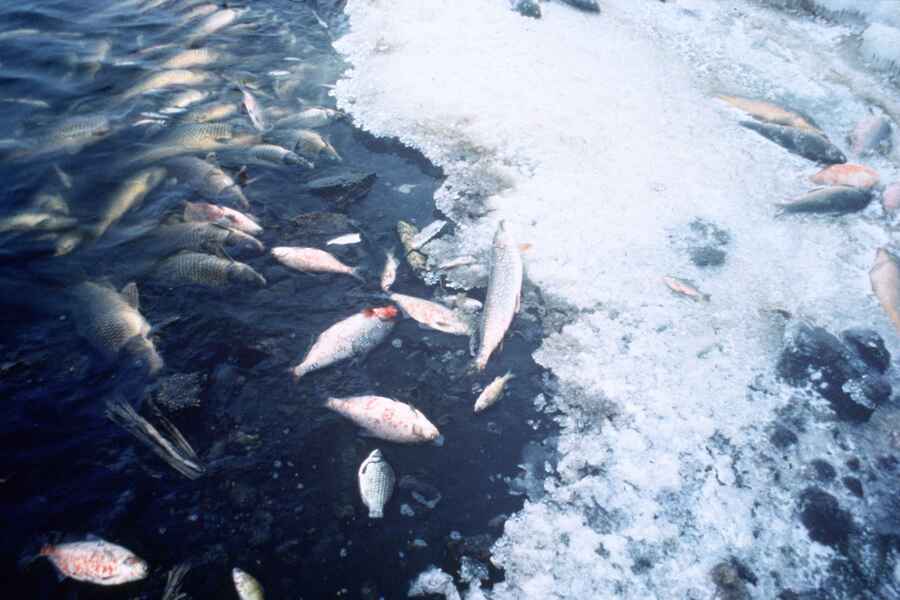
Having explored the causes of water pollution, it’s time to dive into the deep end and explore its effects on aquatic life.
Imagine being a fish in a river where industrial waste has just been dumped. Not a pleasant thought, is it?
From the tiniest plankton to the largest whales, water pollution affects all aquatic life, disrupting their natural habitats and threatening their survival.
In this section, we’re going to take a closer look at these impacts, revealing the often unseen consequences of water pollution beneath the surface.
So, let’s take a deep breath and plunge into the underwater world of our aquatic friends.
Impact on Marine Species
Let’s start with the impact on marine species. From the smallest krill to the largest whales, all marine life is affected by water pollution.
Imagine being a fish swimming through water tainted with chemicals or heavy metals.
It’s not just about the immediate toxicity. These pollutants can accumulate in their bodies over time, leading to health problems and even death.
It’s a silent crisis unfolding beneath the waves, with marine species bearing the brunt of our actions.
In addition to toxic chemicals in marine water sources climate change and global warming are also affecting marine environments causing coral bleaching in our reefs.
Finally, air pollution in the form of carbon dioxide acidifies marine waters making it harder for sea life to extract calcium needed for reefs to build and other organisms to build their shells in their aquatic environments.
Disruption of Food Chains
Next, let’s talk about food chains. In a healthy ecosystem, there’s a delicate balance, with each species playing its part in the food chain.
But water pollution can disrupt this balance. For example, if a type of fish that’s a key food source for larger species is affected by pollution, it can have a knock-on effect up the food chain.
It’s like pulling a card from a house of cards – the whole structure can collapse.
Loss of Biodiversity
Finally, we come to the loss of biodiversity. This is one of the most devastating effects of water pollution.
As different species struggle to survive in polluted waters, we can lose a vast array of aquatic life.
This isn’t just about the loss of individual species, it’s about the loss of the rich tapestry of life that makes up our aquatic ecosystems.
It’s a loss that affects us all, from the fishermen who rely on these species for their livelihood, to the future generations who will inherit our planet.
So, as you can see, the effects of water pollution on aquatic life are far-reaching and profound.
But it’s not just aquatic life that’s affected. In the next section, we’ll explore the impact of water pollution on human health.
Effects of Water Pollution on Human Health
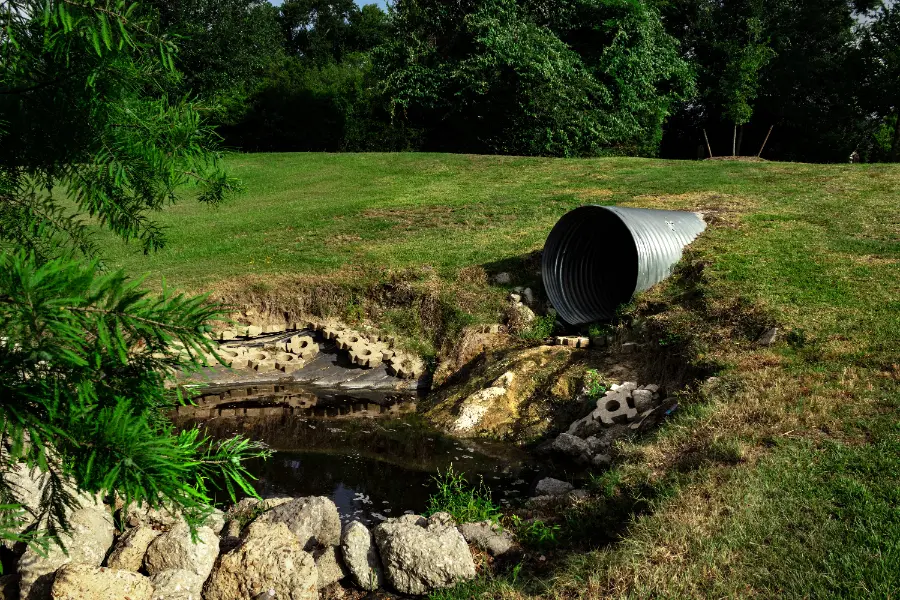
Now that we’ve explored the underwater world and seen how water pollution affects aquatic life, let’s turn our attention back to land.
Specifically, let’s talk about us, humans. You might be thinking, ‘I don’t live in the water, so how does water pollution affect me?’
Well, the truth is, the effects of water pollution on human health are significant and often overlooked.
From the water we drink to the seafood we eat, water pollution touches our lives in many ways.
In this section, we’ll delve into these impacts, shedding light on the hidden health costs of water pollution.
So, let’s dive in and uncover the human side of this environmental issue.
Waterborne Diseases
First on our list is waterborne diseases. These are illnesses caused by microorganisms, like bacteria and viruses, that get into our water supplies.
Think of diseases like cholera, typhoid, and dysentery. These can be serious, even deadly, especially in areas without access to clean water or adequate healthcare.
It’s a bit like playing Russian roulette every time you take a sip of water you never know what might be lurking in there.
Impact on Food Chain and Human Health
Next, let’s consider the impact on the food chain and human health. Remember how we talked about pollutants accumulating in marine species?
Well, when we eat seafood, those pollutants can end up in our bodies. This can lead to a range of health problems, from digestive issues to neurological damage.
It’s a stark reminder that we’re all connected in the web of life – what affects our oceans, affects us too.
Socio-economic Effects
Finally, we have the socio-economic effects of water pollution. This might not be the first thing that comes to mind, but the impact of water pollution on communities can be significant.
Think about a fishing community that relies on a healthy marine ecosystem for its livelihood.
What happens when the fish disappear, or when a water source becomes too polluted for use?
It can lead to loss of income, increased health costs, and even displacement.
It’s a ripple effect that can disrupt entire communities and economies.
So, as you can see, the effects of water pollution on human health are far-reaching and multifaceted.
But it’s not all doom and gloom. In the next section, we’ll explore some real-world case studies of water pollution, and how people are working to address this issue.
Case Studies of Water Pollution
Having explored the causes and effects of water pollution, it’s time to bring this issue to life with some real-world examples.
Case studies can help us understand the complexities of water pollution, showing us the human and environmental impacts in a tangible way.
From the mighty Mississippi River in the United States to the bustling cities of China and the sacred waters of the Ganges River in India, we’ll journey across the globe to see how water pollution plays out in different contexts.
These stories can be sobering, but they can also inspire us to action. So, let’s pack our bags and embark on this global tour of water pollution case studies.
The Mississippi River and the Gulf of Mexico
The Mississippi River, one of the longest rivers in the world, has a significant impact on the Gulf of Mexico’s ecosystem.
The river carries nutrients from its vast drainage basin, which includes the heart of U.S. agriculture in the Midwest, down into the Gulf.
While these nutrients are essential for aquatic life, too much of them can lead to a phenomenon known as eutrophication.
This process results in the excessive growth of algae, creating what’s known as an algal bloom.
When these algae die, they decompose a process that consumes oxygen and reduces oxygen levels, leading to hypoxic conditions, or dead zones, where most marine life cannot survive.
The Gulf of Mexico’s dead zone is one of the largest in the world, largely due to the nutrient runoff from the Mississippi River.
Water Pollution in China
China, with its rapid industrialization and large population, faces significant water pollution challenges.
Industrial waste, untreated sewage, and excessive nutrients from the use of fertilizers and pesticides in agriculture contribute to the pollution of China’s rivers and lakes.
This pollution not only affects aquatic life but also the millions of people who rely on these water bodies for their livelihood and daily needs.
The Yangtze River, for example, is considered one of the most polluted rivers in the world, with significant impacts on the diverse and unique aquatic life in the river and the East China Sea, where the river drains.
The Ganges River in India
The Ganges River, considered sacred by Hindus, is also one of the world’s most polluted rivers.
Industrial waste, sewage, and religious offerings contribute to the river’s pollution.
This pollution has severe effects on the river’s aquatic life and the millions of people who depend on the river for their daily needs.
Despite efforts to clean and preserve this vital waterway, the Ganges continues to face severe pollution, with significant impacts on its ecosystem and the people who depend on it.
Solutions and Preventive Measures
Having journeyed through the causes, effects, and real-world examples of water pollution, it’s easy to feel overwhelmed.
But don’t lose hope just yet! While the problem is complex, there are solutions and preventive measures that can help us tackle water pollution.
From innovative water treatment processes to sustainable agricultural activities and effective waste management, we have the tools to make a difference.
In this section, we’ll explore these solutions, showing how we can all play a part in protecting our precious water ecosystems.
So, let’s roll up our sleeves and dive into the world of solutions to water pollution!
Water Treatment Processes
First up, let’s talk about water treatment processes. These are the methods we use to make water safe for human use and to return used water to the environment without causing harm.
From physical processes like sedimentation and filtration to chemical processes like disinfection and coagulation, these sewage treatment plants can remove a wide range of pollutants.
Advanced treatments can even remove nutrients and heavy metals.
It’s like giving the water a thorough bath before it comes to our taps or goes back to nature.
Sustainable Agricultural Practices
Next, we have sustainable agricultural practices. Agriculture is a major source of water pollution, but it doesn’t have to be.
By using methods like precision farming, cover cropping, and organic farming, we can reduce the amount of fertilizers and pesticides that end up in our waterways.
It’s about working with nature, rather than against it, to produce the food we need.
And the bonus? These methods can also improve soil health and crop yields, making it a win-win for farmers and the environment.
Industrial Waste Management
Finally, we come to industrial waste management. Industries produce a lot of waste, some of which can be hazardous.
But with proper waste management, we can prevent these pollutants from ending up in our water.
This can involve methods like recycling, safe disposal, and cleaner production techniques.
It’s about taking responsibility for the waste we produce and finding ways to reduce, reuse, and recycle.
After all, every piece of waste that doesn’t end up in our water is a victory for our ecosystems.
So, as you can see, there are many ways we can tackle water pollution.
It’s not an easy task, but with the right tools and commitment, we can make a difference.
In the next section, we’ll answer some frequently asked questions about water pollution.
FAQs How Does Water Pollution Affect Ecosystems
As we navigate through the complex topic of water pollution, it’s natural to have questions.
After all, understanding is the first step toward action. In this section, we’ll tackle some of the most frequently asked questions about water pollution.
From the main causes to the effects on marine life and the health risks associated, we’ll provide clear, concise answers to help deepen your understanding.
So, let’s dive into these FAQs and demystify the subject of water pollution!
Q: What are the main causes of water pollution?
A: The main causes of water pollution include industrial waste, agricultural runoff, domestic waste, and improper disposal of waste.
Industrial waste can contain harmful chemicals and heavy metals, while agricultural runoff often contains fertilizers and pesticides.
Domestic waste, including sewage and household chemicals, can also contribute to water pollution.
Lastly, improper disposal of waste, such as littering and illegal dumping, can lead to pollutants entering our waterways.
Q: How does water pollution affect marine life?
A: Water pollution can have devastating effects on marine life.
Chemicals and other pollutants can harm or kill aquatic organisms, while nutrient pollution can lead to harmful algal blooms that deplete oxygen in the water, creating dead zones where most marine life cannot survive.
Plastic pollution is also a significant issue, as marine animals can become entangled in plastic waste or ingest it.
Q: What are the health risks associated with water pollution?
A: Water pollution can pose significant health risks for humans.
Drinking or bathing in polluted water can lead to a range of health issues, from skin rashes and stomach problems to more serious conditions like cancer.
Polluted water can also carry disease-causing microorganisms, leading to waterborne diseases like cholera and dysentery.
Additionally, eating seafood from polluted waters can lead to foodborne illnesses and exposure to harmful chemicals.
Q: How can water pollution be prevented?
A: Preventing water pollution involves a combination of strategies.
This includes improving wastewater treatment plants to remove pollutants, implementing sustainable farming practices to reduce agricultural runoff, and properly disposing of household and industrial waste.
On a broader scale, enforcing regulations on pollution and investing in research and technology to find new ways to reduce pollution are also crucial.
On an individual level, we can help by reducing our use of plastics, properly disposing of chemicals, and being mindful of what we flush down the drain.
How Does Water Pollution Affect Ecosystems Conclusion
As we reach the end of our deep dive into the world of water pollution, it’s time to reflect on what we’ve learned and look ahead.
The journey may have been heavy at times, but remember, every problem presents an opportunity for solutions.
In this final section, we’ll recap the importance of addressing water pollution and the impact it has on our ecosystems.
We’ll also revisit the solutions we’ve discussed, reminding us all of the roles we can play in making a difference.
So, let’s wrap up and consider our next steps in the fight against water pollution!
Recap of the Importance of Addressing Water Pollution
As we’ve seen, water pollution is a pressing issue that affects not just our ecosystems, but our health, our food supply, our water supply, and our economies.
From the smallest microorganisms to the largest marine creatures, from rural communities to bustling cities, no one is immune to its effects.
The causes are many, from industrial waste to agricultural runoff, and the impacts are far-reaching.
But understanding this is the first step towards making a change.
By recognizing the importance of addressing water pollution, we can start to make a difference in our world.
Call to Action for Sustainable Practices
Now, it’s over to you. Each one of us has a role to play in combating water pollution.
Whether it’s reducing our use of plastic, supporting sustainable farming practices, or advocating for stronger pollution regulations, our actions matter.
Remember, small changes can add up to make a big difference. So, let’s commit to sustainable practices in our daily lives.
Let’s be mindful of our water use, be responsible in our disposal of waste, and support initiatives that protect our precious water resources.
Together, we can help ensure a healthier planet for future generations.

